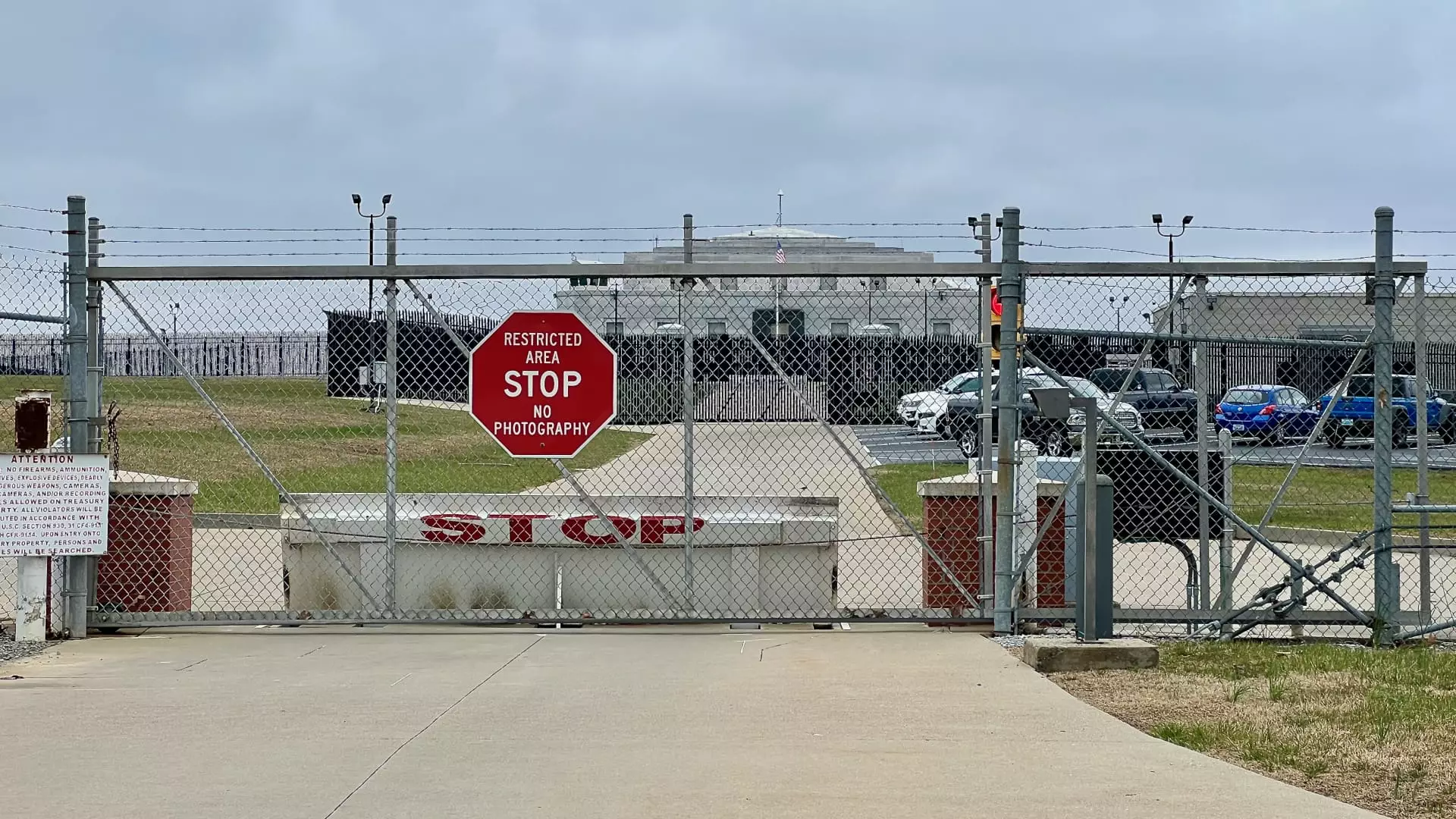In a striking announcement, President Donald Trump has initiated a pledge to conduct a comprehensive audit of the United States’ gold reserves housed at the iconic Fort Knox in Kentucky. “We’re going to go to Fort Knox, the fabled Fort Knox, to make sure the gold is there,” he declared while onboard Air Force One. This statement is significant, especially as it comes on the heels of growing public interest — spurred in part by influential figures like Elon Musk, who have voiced skepticism about the government’s transparency regarding these assets.
Security concerns and conspiracy theories surrounding Fort Knox have circulated for years, raising questions regarding the authenticity of government assertions about the quantity of gold stored there. The U.S. Treasury Department does provide a detailed account of these reserves on its official website, reporting a staggering total of nearly 147.34 million troy ounces. Such figures, however, do little to quell public anxiety, progressing paranoia that may be rooted in a desire for assurance about national wealth.
Support from Industry Leaders
The proposal to audit Fort Knox has garnered support from industry professionals, including John McCluskey, CEO of Alamos Gold, who expressed optimism on CNBC’s “Squawk Box.” He articulated that a transparent audit could reassure the public and solidify trust in the government’s financial dealings. His assertion reflects a growing sentiment among investors that clarity concerning gold reserves could benefit everyone, enhancing both confidence and stability within financial markets.
Despite the controversies, Treasury officials have reiterated the existence of the gold at Fort Knox. Treasury Secretary Scott Bessent confirmed the annual audits conducted by the Department, stating definitively that “all the gold is present and accounted for.” Such declarations, while reassuring to some, continue to be met with skepticism from sections of the population who question the rigor and logistics of those audits.
The conversation surrounding a potential audit also intersects with the existing legal framework governing the valuation of U.S. gold. Currently, the Treasury Department values its gold holdings at a historical price of $42 per ounce, a figure that has remained unchanged since 1973. Given the significant difference between this valuation and the current market price — with spot gold recently hitting an unprecedented $2,954.69 per ounce — the implications for national wealth and policy are staggering.
The debate isn’t just academic; it raises vital questions about fiscal policy, transparency, and how the government manages its assets. The growing investor speculation around these gold reserves indicates a tension between established practices and the realities of a modern economy where asset values fluctuate dramatically.
As financial landscapes evolve, the pursuit of transparency and accountability in government accounts will only increase. If the Trump administration follows through with its promise of an audit, it may not only quell public anxieties but also pave the way for a broader culture of fiscal responsibility and trust. The outcome could set a precedent that encourages future administrations to uphold similar standards, ultimately resulting in a more informed and engaged citizenry. In a time of financial uncertainty, ensuring that our national treasures are accounted for may be just what the public demands.

